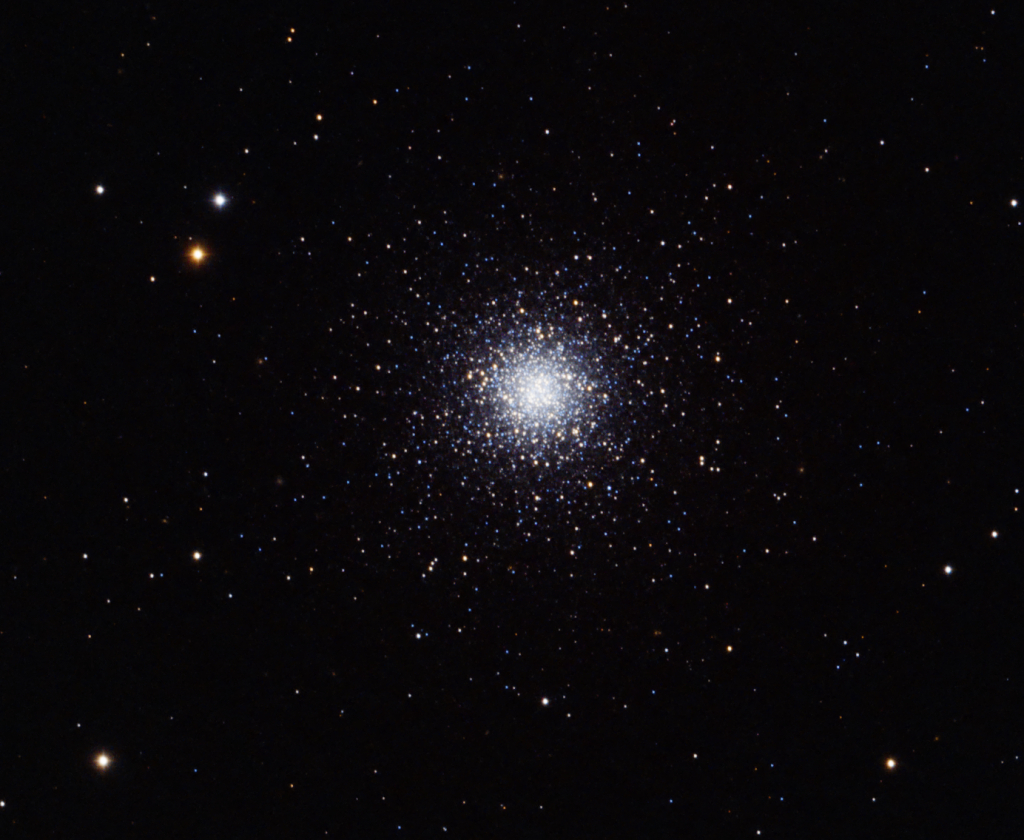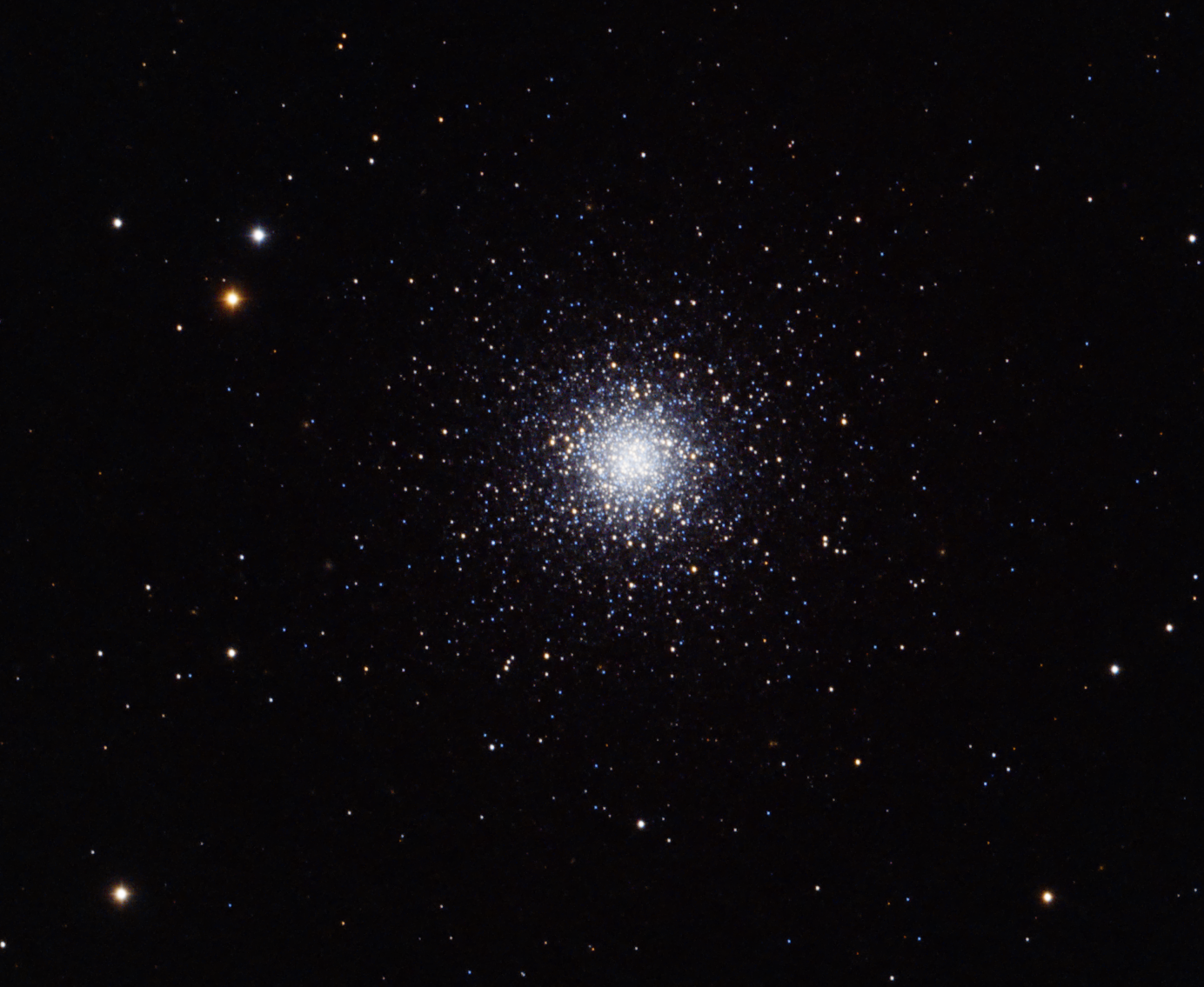
Similar Posts
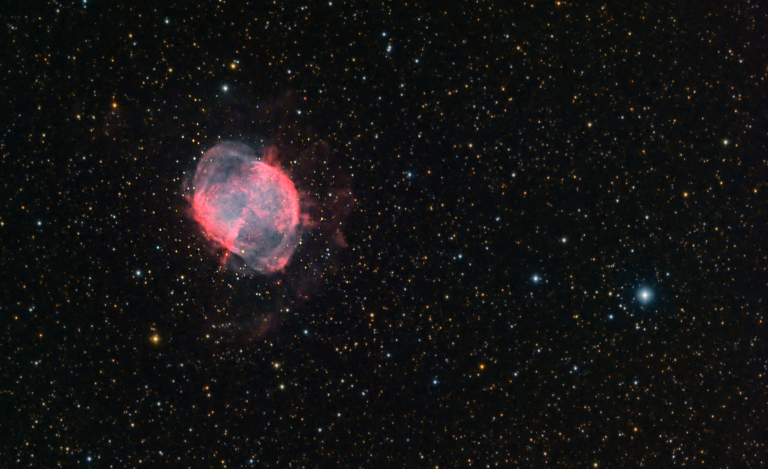
The Dumbbell Nebula
The Dumbbell Nebula (M27) is what’s called a planetary nebula – but it has nothing to do with a planet. This shell of gas was blown out by a dying star; once it started to run out of Hydrogen to burn, it expanded and blew out the gases you see here. The star then collapsed…
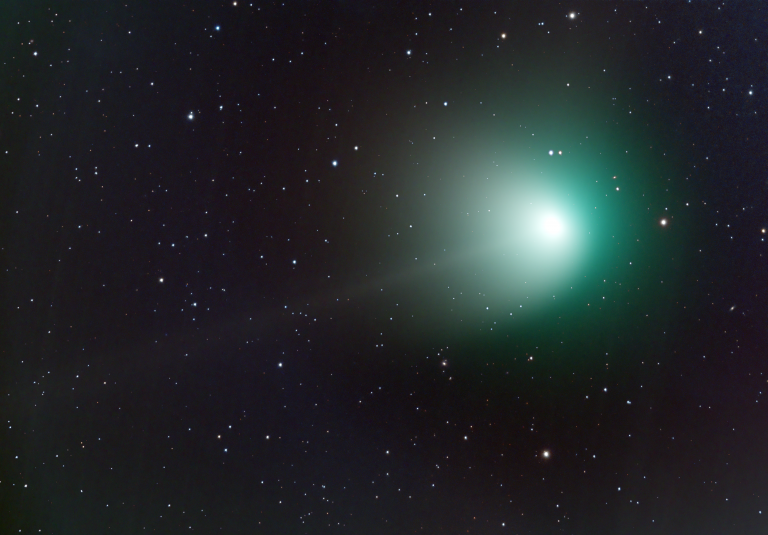
Another look at the “green comet”
I don’t know why the press has latched onto the name “the green comet” for C/2022 E3 (ZTF) – most comets are green, and it’s too dim to see any color at all if you’re viewing it through binoculars or a telescope. But through 2 hours of total exposure time, the colors do emerge, and…
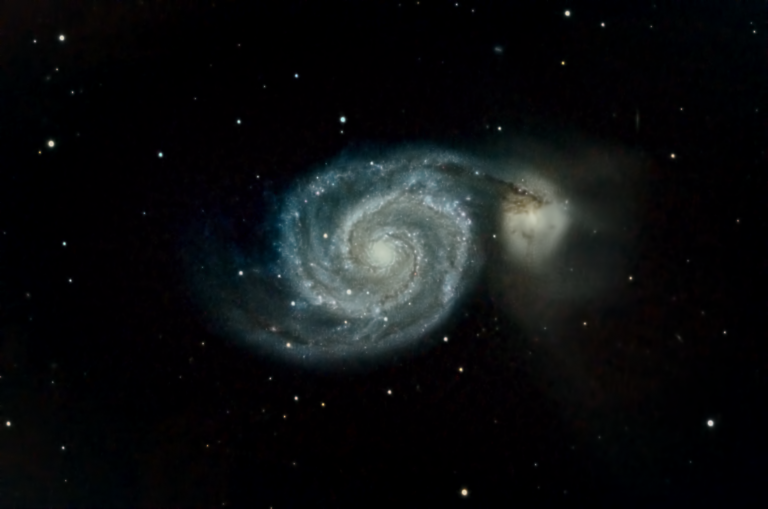
The Whirlpool Galaxy
The Whirlpool Galaxy (M51) appears to be sucking the life out of its companion, NGC 5195. While these galaxies are interacting, they’re not actually connected right now – it just looks that way.
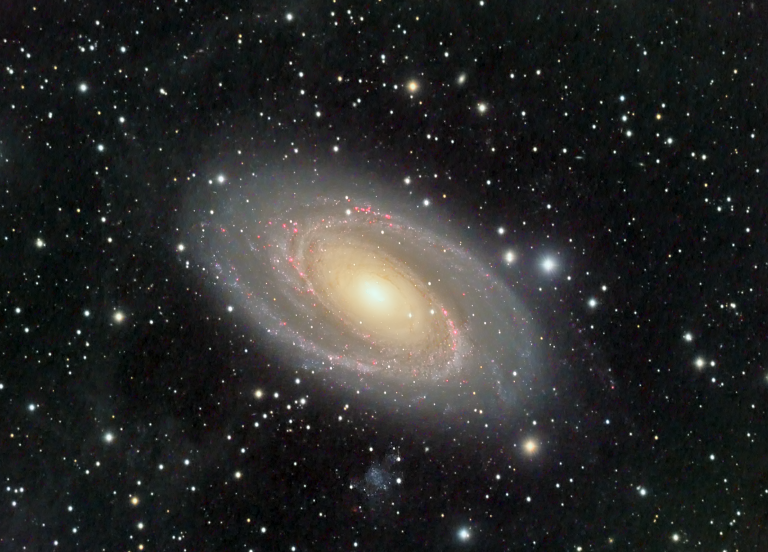
Another year, another Bode’s Galaxy image
Every year I try to take a better image of M81, Bode’s Galaxy. It’s located about 12 million light-years away, which is unfathomably far but close by galactic standards. Look closely, and you’ll see a faint splotchiness in the background. This is the Integrated Flux Nebula (IFN,) composed of gases that lie just outside of…
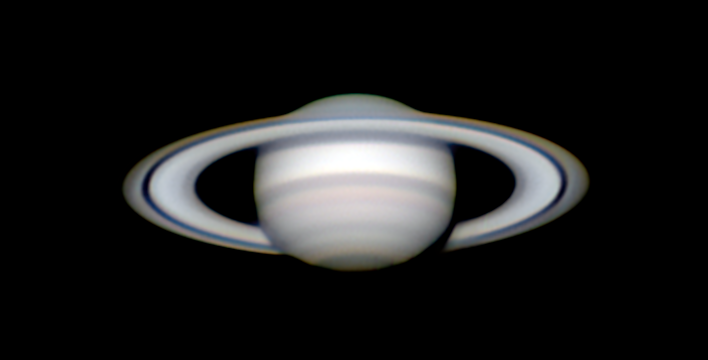
Saturn, Jupiter, and a cameo from Io
Last night marked Jupiter’s “opposition” – this is the time of year where Jupiter is at its closest point to Earth, and it’s at its biggest and brightest. By a stroke of luck, we had unusually clear skies for this event, and its moon Io was also crossing in front of Jupiter! You can see…
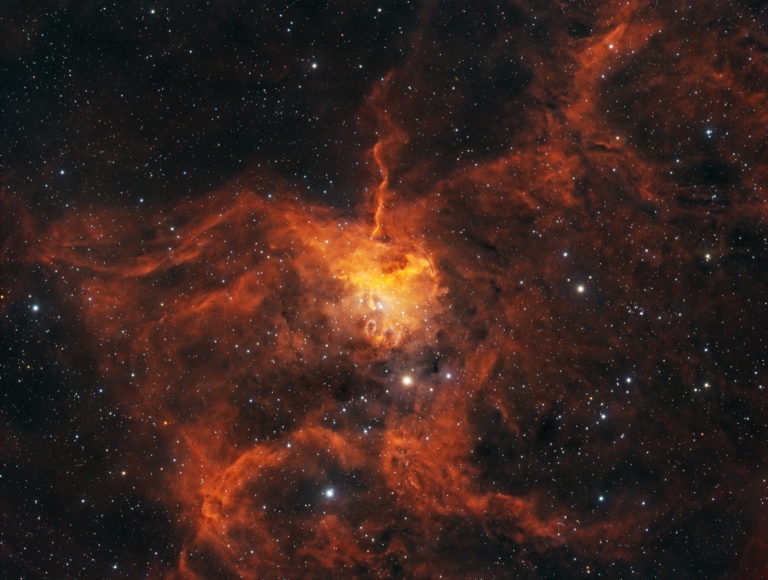
The Spider Nebula
Here’s IC417, commonly known as the “Spider Nebula.” Just outside of the frame is a smaller one called the “Fly Nebula,” but my field of view isn’t quite big enough to capture them together! It’s about 10,000 light-years away, in the constellation Auriga. Imaged over 15 hours; narrowband nebula blended with RGB stars.

